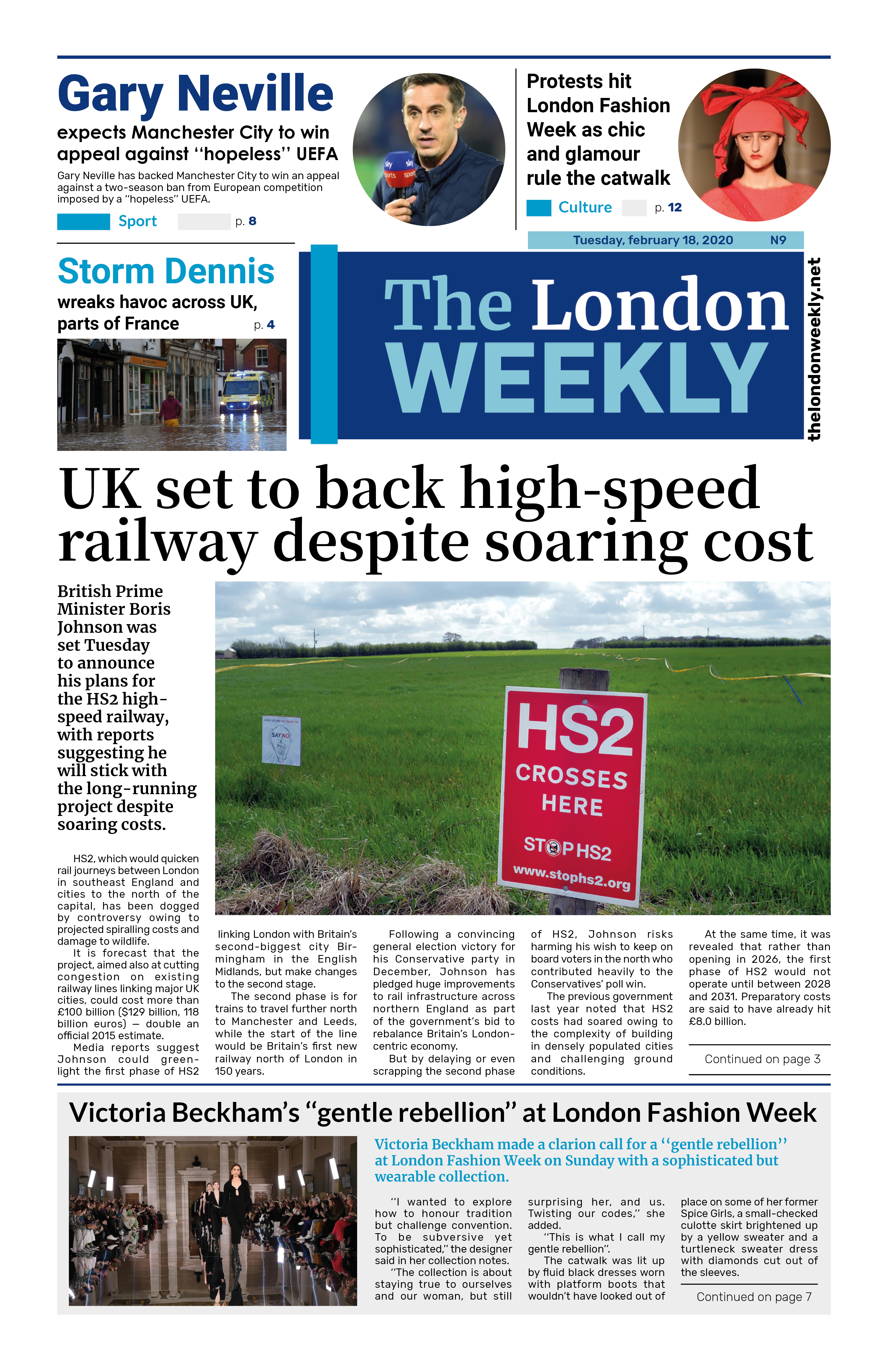
British homebuyers borrowed more in new mortgages in January than at any time since September 2022, while mortgage approvals dipped slightly ahead of the end of a temporary property
tax break, according to Bank of England (BoE) data released Monday.
Net mortgage lending surged to £4.21 billion ($5.31 billion) in January, up from £3.34 billion in December, marking its highest level since the financial market turmoil triggered by former Prime Minister Liz Truss’s economic plans in 2022. The figure exceeded economists' expectations of £3.55 billion, according to a Reuters poll.
Mortgage approvals—a key indicator of future lending—declined slightly to 66,189 from 66,505 in December, a smaller drop than the anticipated fall to 65,650 in the poll.
The increase in activity was likely influenced by the approaching expiration of a temporary stamp duty reduction for first-time buyers and those purchasing lower-priced homes at the end of March.
Factors driving mortgage growth
"Lower mortgage interest rates, rising real wages, and a rush to beat the upcoming Stamp Duty changes in April all contributed to the rise in mortgage approvals in January," said Rob Wood, chief UK economist at Pantheon Macroeconomics.
However, he noted that this surge may have already peaked. "Approvals are likely to slow in the coming months as the urgency to complete purchases before tax changes fades."
Recent data from Nationwide and the Royal Institution of Chartered Surveyors (RICS) suggest UK house prices have been trending upward, reflecting a broader recovery in the housing market.
Consumer credit and retail trends
The BoE's data also pointed to shifts in consumer spending. Annual consumer credit growth slowed to 6.4% in January, down from 6.5% in December—the lowest since May 2022.
However, in cash terms, net consumer credit borrowing jumped to £1.74 billion in January from £1.06 billion in December, marking the largest increase in a year and surpassing the Reuters poll consensus of £1.2 billion.
The figures align with recent official retail sales data, which suggested a pick-up in consumer demand at the start of the year, despite ongoing economic uncertainty.



































